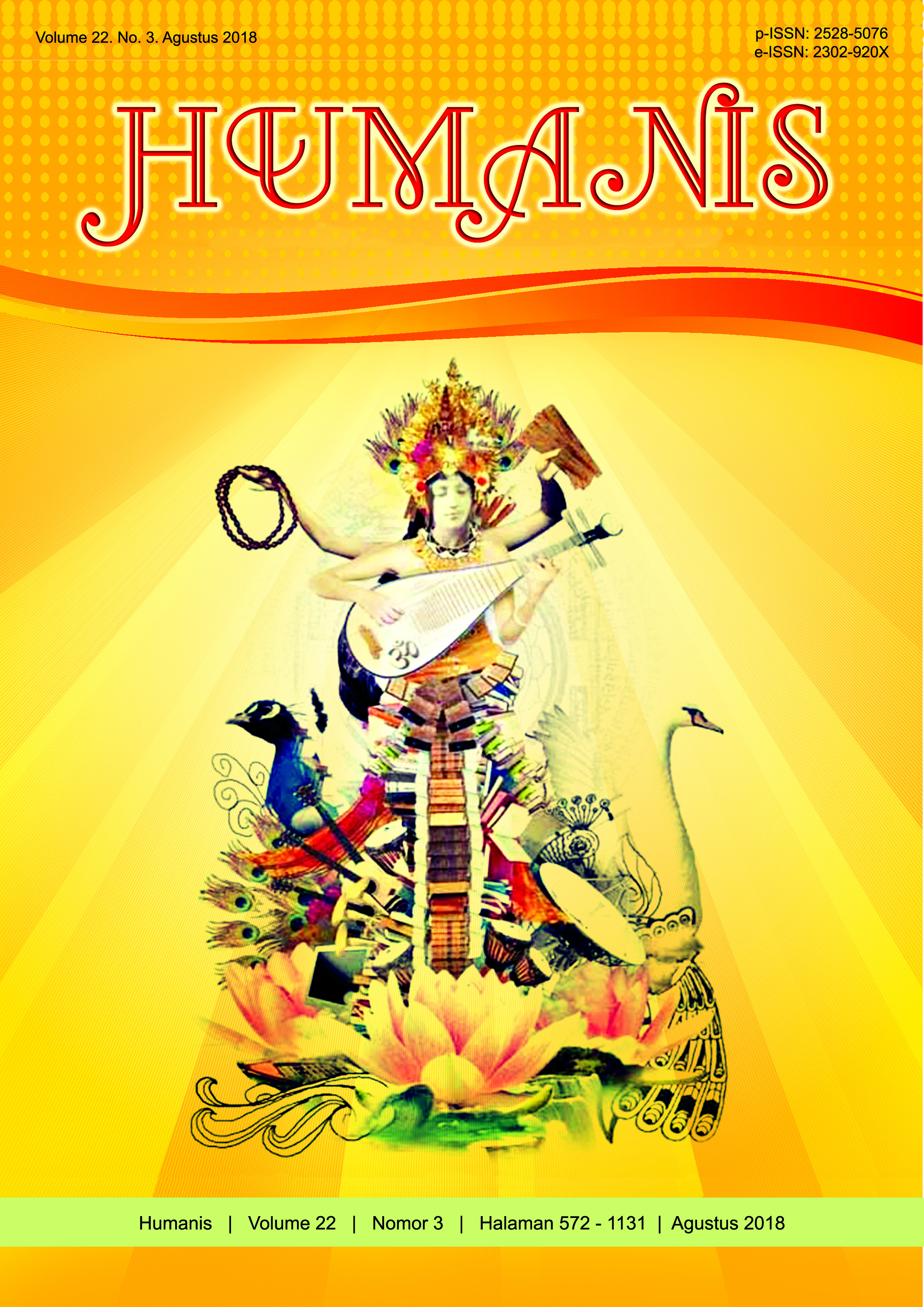Positive Politeness Strategies in James Corden’s Interview on Recode Decode Talkshow
Abstract
This undergraduate thesis entitled “Positive Politeness Strategies in James Corden’s Interview on Recode Decode Talk-show” is interesting to be discussed as an object analysis due to the application of positive politeness strategies used in a communication. The study aims to analyze the types of positive politeness strategies used in James Corden’s Interview on Recode Decode Talk-show and to identify the language function of the applications of those positive politeness strategies. The data were taken from the transcript of the conversation in the talk-show. The statements which were used as the data source were the statements of the conversation which were applied the positive politeness strategy. The data that have been collected were classified according to the theory of Brown and Levinson (1978) about politeness strategy to analyze the positive politeness strategies in the conversation of the talk-show’s transcripts. Furthermore, the language functions proposed by Tillit and Bruder (1985) is also used to identify the functions of the choice of those positive politeness strategies. Based on the theory mentioned above, there were seven strategies of positive politeness strategies found in this talk-show, those are: Notice, attend to H (his interest, wants, needs, goods), Exaggerate (interest, approval, sympathy with H), Seek agreement, Avoid disagreement, Joke, Include both S and H in the activity, and Give (or ask for) reasons.


















